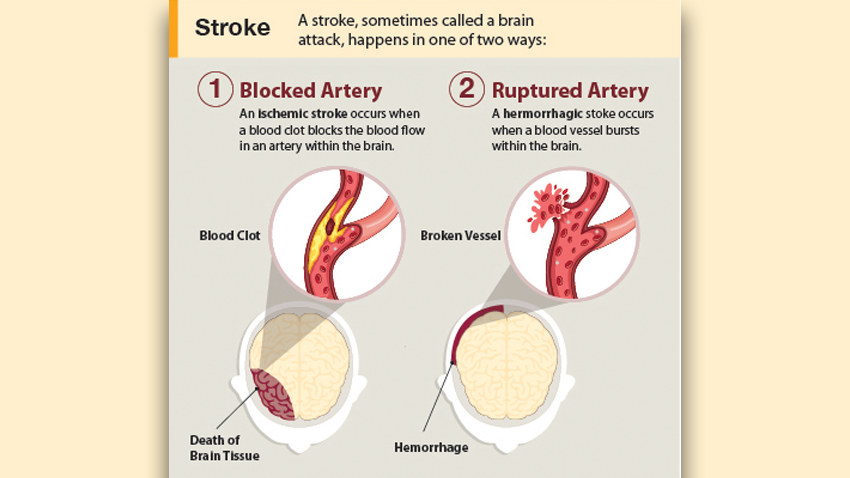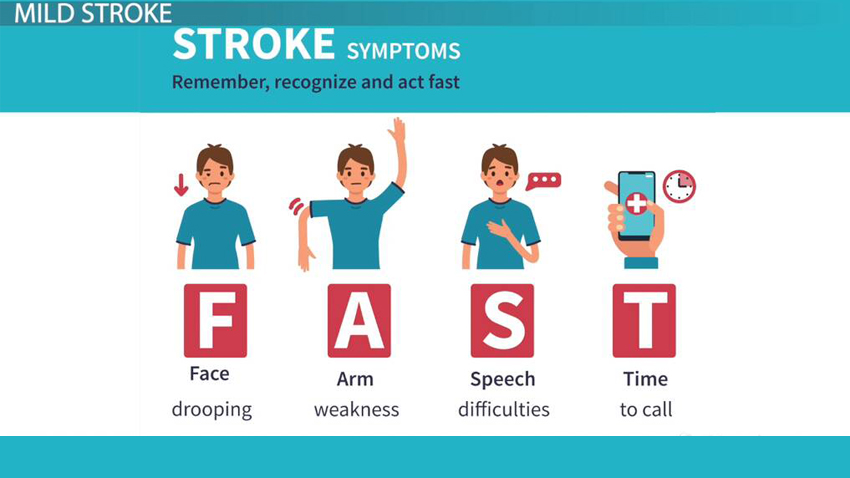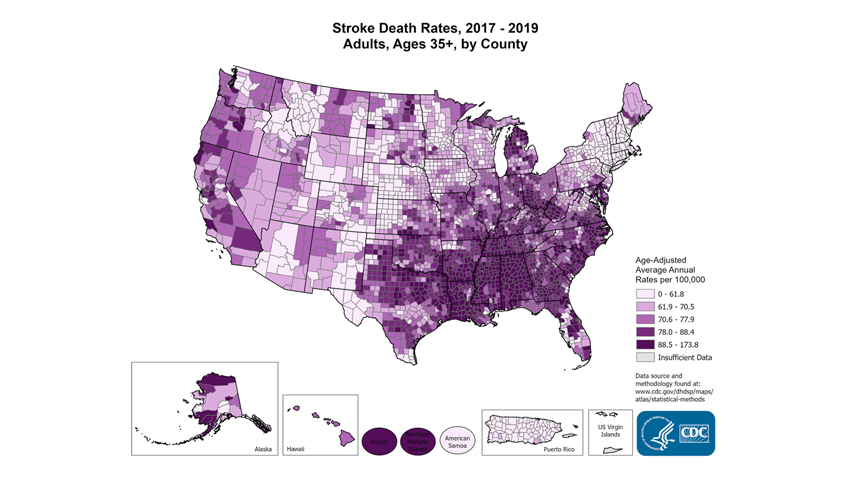Housecall with host David Doman, M.D. is asking this and other questions to Dr. Andrew Stemer, Director of Stroke Neurology at MedStar Georgetown University Hospital. This is an important topic to spread awareness and educate the public about Strokes. They are the #1 cause of adult disability, not only in the United States, but the entire Western Hemisphere and the #5 cause of death. There are about a million strokes a year, 85% are Ischemic Strokes-not enough blood and oxygen gets to a part of the brain and 15% are Hemorrhagic Strokes-a blood vessel has a leak. It is important with Hemorrhagic Strokes that the cause is discovered to prevent future strokes.

Risk Factors
Similar Risk Factors for Ischemic and Hemorrhagic Strokes-High Blood Pressure, High Cholesterol, and Diabetes
Main Causes
Atherosclerosis-Narrowing of blood vessel in the neck or brain
Blood Clot from else where in the body can get pumped out anywhere including the brain.
Heart-Valves can get infected or something is wrong with the valve. Congestive Heart Failure-clots can form in the heart and heart doesn’t pump well enough
One of the most common things is Afib or atrial fibrillation which is an a type of arrhythmia, or irregular heartbeat. Part of the heart fibrillate or quivers and doesn’t fully pump.
There are a newer generation of medications that dramatically reduces clot when taken properly.
Symptoms
In general because the brain controls everything, it depends on where the stroke is and can have almost any type of symptoms. Primarily the symptoms would be effecting one side of the body or face.
Numbness
Weakness
Imbalance
Vision Problems
Speech Problems

FAST-Facial drooping, Arm weakness, Speech difficulties and Time
Stroke Treatment
Strokes can be a spectrum with mild to severe symptoms. In healing a stroke, the acute treatment needs to occur in the first couple of hours. TPA-tissue plasminogen activator, Clot busting medicine needs to be administered within 4 1/2 hours from the beginning of symptoms. Best to not chance it and go to the hospital to be evaluated, your life may depend on it.
Strokes is one of the few if not the only neurologic disease that can be completely reversed when it’s recognized and treated early. The tools doctors have are better then ever, but time still is a big factor! Make sure to communicate at the hospital that you are suspicious of a stroke. You will get immediate attention and the initial work up will be done and a CAT scan.
1 in 5 people wake up with a stroke. They don’t know how long they have had symptoms, so they are not eligible for the TPA medicine.
Another main line of treatment for larger strokes are Mechanical Thrombectomy is a minimum invasive brain surgery where they go inside the blood vessel usually from the wrist or hip area. They go in with a small tube, watch on an X-ray, take photos, then go in the brain, and pull the clot out. This is available for some patients depending on where the location and severity of the stroke.
After a stroke many people recover even if they didn’t get the acute treatment that give them the best chance to recover. It takes time and it might not be 100% effective. With treatment earlier is generally better, but to early can be an issue too. The time to start treatment still isn’t exactly clear in ever patient, but research is being conducted. After a stroke there is swelling that peaks at 3-5 days, but can last weeks after.
Over the first 3 months there is dramatic improvements. At 6, 12, 24 months there are still improvements, but it isn’t as severe. There really is not cap on time for therapy with a Stroke. You take the time your body needs to heal.
Fortunately in Washington, D.C. there is MedStar National Rehabilitation Hospital is one of the premier Neuro Rehab Centers in the country with advanced facilities and research.
For more information, please call Dr. Stemer’s office at 202.444.8525.
Watch this episode of Housecall below and subscribe!

